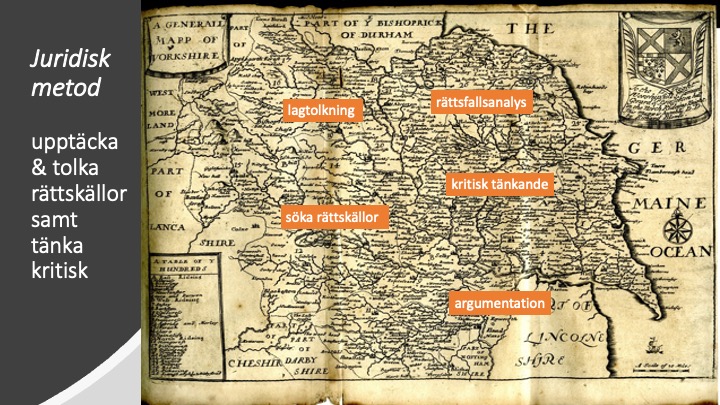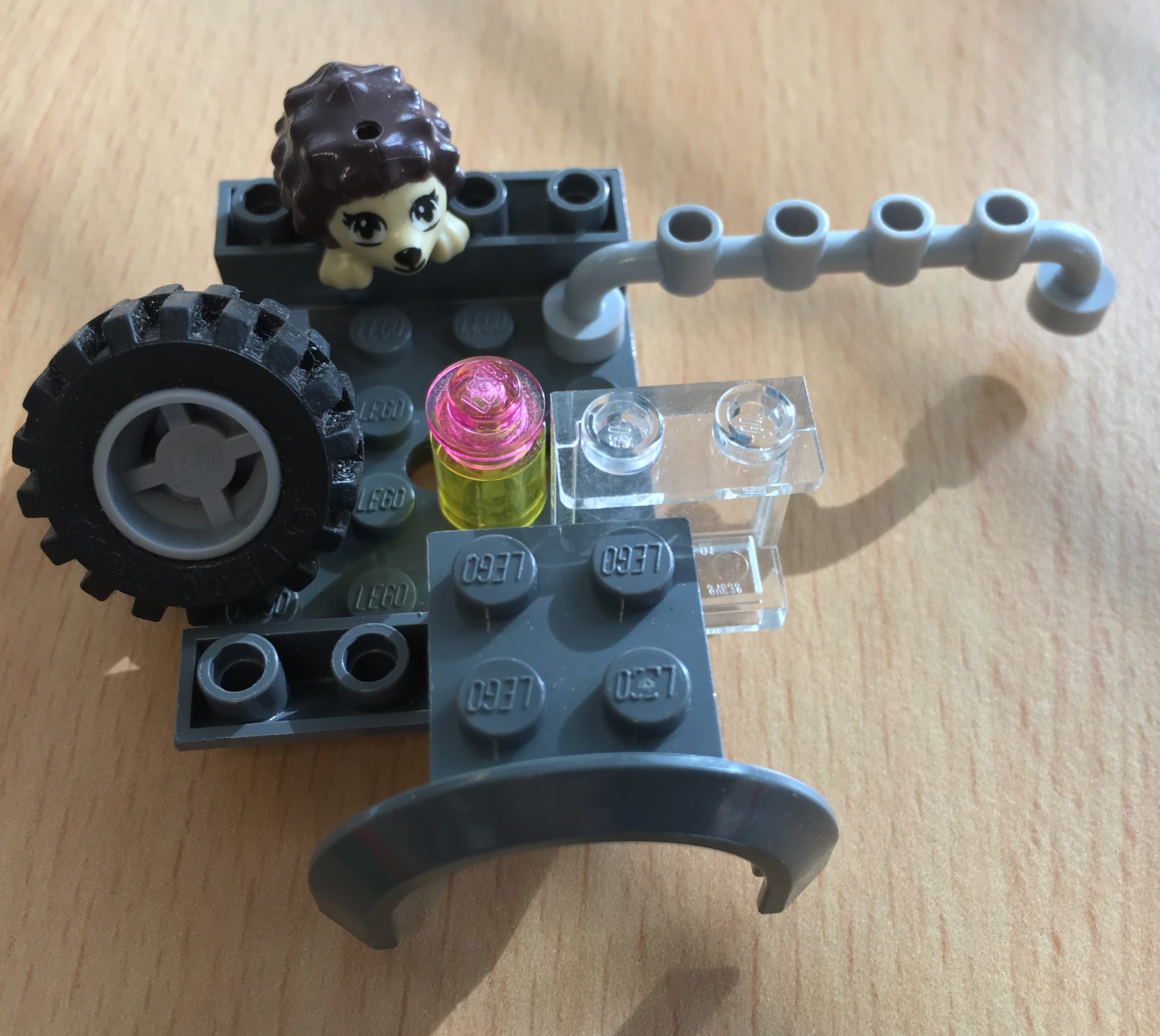teaching philosophy
Teaching portfolio and philosophy
Education is a journey
This page is a collection of the teaching portfolio by Christine Storr where she explores her teaching philosophy, how she teaches & in which ways she wants to improve students’ learning.

Why I teach the way I do


For a while I have seen the topics I teach as a map and my task as a teacher to explain the students the map and how to use it. I have used this metaphor in the course I teach on legal sources and legal research in the first semester of law studies, but also when I teach media law to PR & communication students at the Stockholm Business School (SBS). When reading Dennis Fox’ inspiring article, I reflected even more on the metaphors I have been using for the past years.
To mention one example on how I use the map approach in my teaching: When explaining legal sources & legal methods to first semester law students (Juridisk introduktionskurs) I have been using an underground map with different train lines. I explain at the course introduction that legal methods are difficult to define and grasp as they are not a simple checklist but rather different underground lines that will potentially take you to your destination. Within law there often are several destinations that might be correct, i.e. there is not only one correct interpretation of rules but there might be several interpretations of the same rule that are acceptable. So you can use different lines to get to the same destination, though you change at different stops. But you can also end up at different destinations depending on which lines you take. Each line represents a different part of a legal method, e.g. using case law to interpret a certain rule, or using preparatory works to see what the legislator intended with the rule. Though I realise I have not worked out all details of the map at this point, I think it is important to convey to the students, there are different possible paths and they have to learn to use most of them. After reading Dennis (1983) I also realise I might choose a landscape with hills, mountains and forrest, instead of an existing map and use the different parts of method as means of transport and/or paths.
Another example is my teaching of media law. For students in the PR and communication programme, I point out that they are not expected to become lawyers after a 4-week course, but they are expected to develop a GPS for legal issues that warns them in their professional life when their work and creations might run into legal trouble. I emphasise that the goal is to develop a sense of what is legally relevant and not necessarily having all the answers.
How I teach
Classroom Teaching
In large lectures with between 100-300 students I point out the bigger picture, make connection between related questions and provide students with a bird’s eye view of the map of legal sources or media law. In some cases, I use tools such as Wooclap and Socrative in order to increase the interactivity and identify which questions students struggle to understand.
In seminars, on the other hand, I discuss and see if students understood the topic. I ask a lot of open questions, often querying what has been said in the lecture, course literature or teaching resource (e.g. video).


Online Teaching and Digital Tools
In pre-recorded videos I showcase skills or practical methods that are difficult to show in a lecture. For these skills, e.g. how to search for a case, students might have to go back several times to see what I am doing on the screen. I also use videos for media law students to explain basic concepts of law, such as how to conclude a contract. Here, the goal is to provide the students a short presentation that supplements the course literature. These videos are often between 5 and 20 minutes long and available online. A collection of several of the videos I have produced is available here.
The recorded videos are often connected to quizzes where I see if students understood what was mentioned in the video. I previously used Scalable Learning but have now switched to SU’s learning platform Athena (provided by itslearning) as I prefer to have the students visit one site instead of two and Athena gives me an easier overview of which questions are answered correctly.
In addition to quizzes, I use exercises and assignments that students carry out outside the classroom. The goal of the assignments is for students to apply the skills and knowledge that they hopefully acquired by watching the videos and reading the material. By giving the students automatic feedback after each questions and asking whether they understood the feedback I can see where difficulties arise. Also here, I recently switched from Scalable Learning to Athena and assignments give me the option of peer-review which is something I am looking into for the future.
Since spring term 2020 I have been using a workbook where students can take notes during classes. The workbook contains some information but mostly leaves room for students’ notes and questions. As skills in legal research are not a simple checklist and students might employ different ways to reach their destinations, the workbook allows for an individual approach.
By providing these different types of teaching resources (videos, exercises, assignments, quizzes, work books) and teaching methods (lectures, seminars, etc.) I hope to give each student the possibility to choose the tools they want to use when exploring the legal landscape. While certain resources are a prerequisite for other resources or teaching, students can still choose to initially explore on their own and go back to see other potential paths they could have taken.
What I want students to learn
As mentioned above, I want students to learn which tools are available and how they can navigate the legal landscape with these tools. Students should create a simple version of a map of the legal landscape with rough paths for the different parts of legal methods and be able to understand in which circumstances certain tools and paths are most useful.
Though no type of exam will necessarily be able to properly test these skills, in combining different exercises before a formal examination I hope students still have an opportunity to train the skills enough. One challenge that I have not been able to solve is to follow up whether students apply these skills later in the education or in professional life. I meet some of the law students when they write their final thesis. When I recap some exercises that were covered in the first semester, some do not recall the skills and tools to the extent I would hope.
The statements were inspired by the questions posed by Center of Teaching Vanderbilt University, recommended by CeUL.
20
points pedagogy courses
300
general class size
10-15
courses over the years
22
years of experience
Research Projects
education science and pedagogy

PhD Research
concept of legal information vs
the information-seeking behaviour of lawyers

Pedagogisk Ambassadör
investigating the effect of digital tools on
learning and teaching

Juristresan
how to use digital tools & virtual cases
to teach legal research

Virtual Law Cases
adapting virtual cases within medicine
to legal education

assessment
how to sustainably assess and examine students

peer review
how peer review can be used to increase students' learning and understanding
Workflow
Recipes for teaching
Building help guides for teacher on how to use digital tools in their lectures, resources or examination
Places & projects
projects and other departments I co-operate with
- CeUL
- Digital Examination Team
- Virtual Law Cases
- Recipes for Teaching
courses within education science and pedagogy
Courses
2021 pedagogical ambassador
pedagogisk ambassadör inkl seminarieserie hos CeUL (7,5 hp)
2015 digital resources
Producera Digitala Lärresurser (4,5 hp)
2004 Universitetspedagogik 2
IT i undervisning och lärande (UP IT) (4,5 hp)
2003 UPiToP
Universitetspedagogik i teori och praktik (UPiToP 1) (3 hp)
